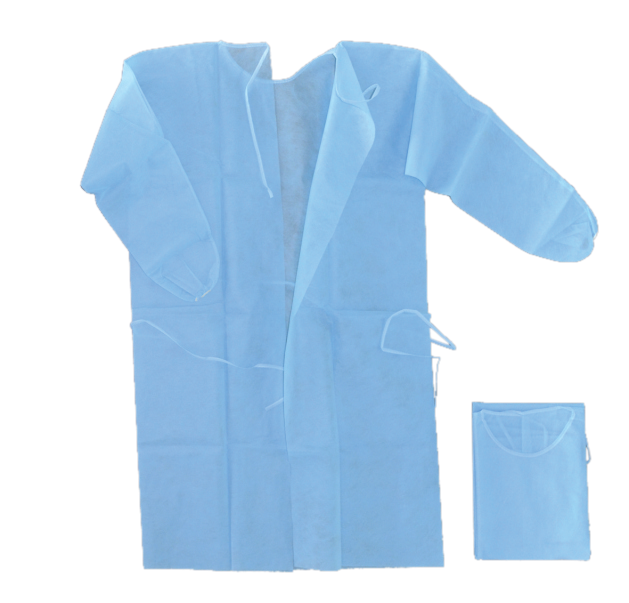Isolation Surgical Gown
What reps need to know about different types, requirements, claims, and standards of gowns used in medical settings.
As the novel coronavirus has spread across the globe, Personal Protective Equipment, also known as PPE, has become the hottest topic in the medical device industry. Along with the increased demand for PPE, Isolation Surgical Gown came an influx of new suppliers to the market. As new suppliers emerged, so did the questions related to the different types of PPE and various levels of protection that they offer. Get surgical gown at wholesale price.

Since the onset of the virus in early 2020, the industry has scrambled to secure appropriate products to meet the needs of healthcare workers required to protect themselves and patients from the spread of infection. This article will focus on the different types of gowns, Isolation
Surgical Gown the requirements and claims associated with level-rated surgical gown at wholesale price, and draw attention to the inconstancies between AAMI’s standards and those of the FDA.
> The definitions used in the ANSI/AAMI PB70 standard are inconsistent with those used by the FDA, which has caused confusion in the industry.
Types and Standards
The American National Standards Institute (ANSI) and the Association of the Advancement of Medical Instrumentation (AAMI): ANSI/ AAMI PB70 describes liquid barrier performance and classification of protective apparel and drapes intended for use in healthcare facilities. In 2004, the FDA recognized ANSI/AAMI PB70 as the consensus standard. AAMI PB70 defines an “isolation gown” as an “item of protective apparel used to protect healthcare personnel and patients from the transfer of microorganisms and body fluids inpatient isolation situations,” and “surgical gowns” as “devices that are intended to be worn by operating room personnel during surgical procedures to protect both the surgical patient and the operating room personnel from the transfer of microorganisms, body fluids, and particulate material.
The main difference between an isolation gown and a surgical gown is the critical zones identified for testing and that the back of a surgical gown may be nonprotective. Whereas the back of a level-rated isolation gown must offer full back coverage and have a barrier performance of at least a Level 1.
The ANSI/AAMI PB70 standard has 4 levels of fluid barrier protection, with Level 1 being the lowest level of protection and Level 4 being the highest. The following is a table showing the different levels of rated gowns, test methods, and the anticipated fluid exposure for each
performance level.
